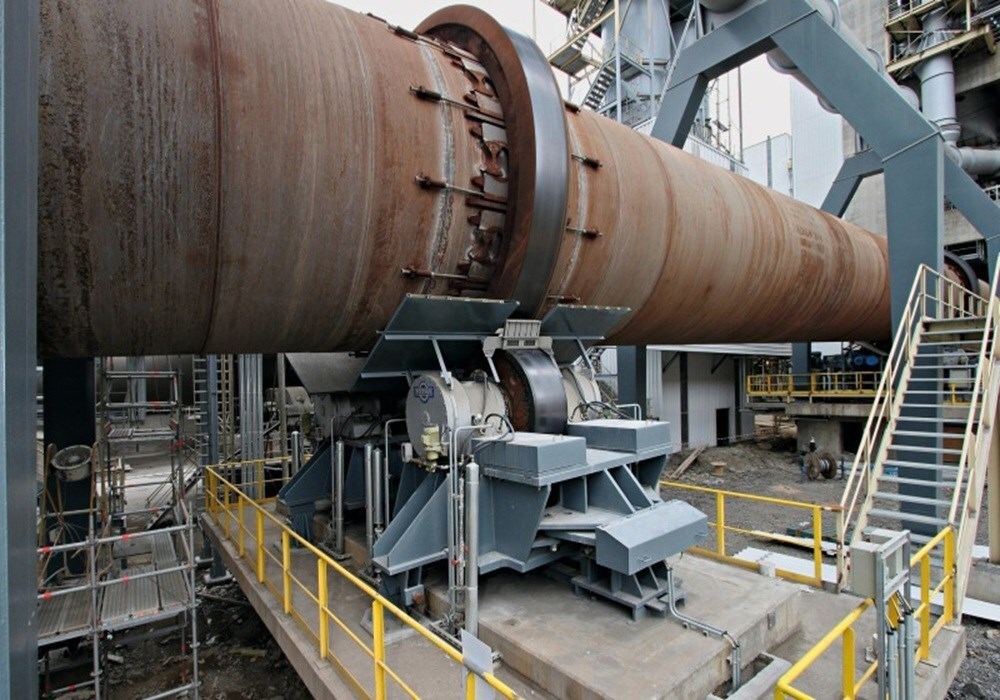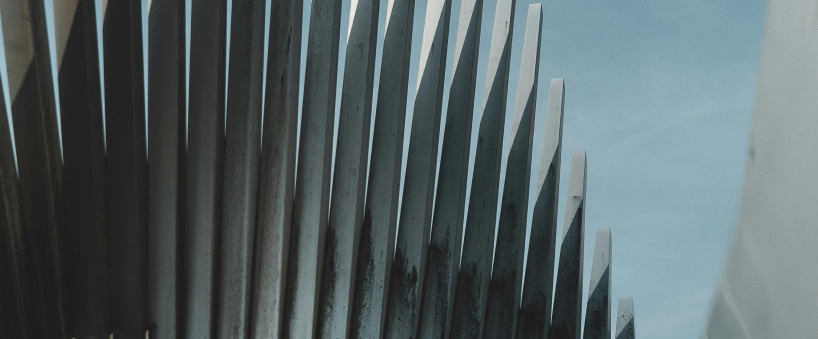

Scientists have found a new method to make aluminium more resistant to high temperatures. The work, published in Nature Communications, takes its cue from reinforced concrete. Leveraging 3D printing and micro-casting, the team developed aluminium composites that behave like rebar-strengthened concrete but entirely in metal form.

Explore- Most accurate data to drive business decisions with 50+ reports across the value chain
The problem with regular aluminium alloys is that they tend to get weak once temperatures go beyond 300°C. As a result, they can’t be used in engines, aircraft, or structures that deal with high heat.
However, the new aluminium design borrows reinforced concrete’s load-sharing principle: concrete handles pressure, while steel rods handle stretch. The researchers incorporated titanium trialuminide (Al₃Ti) particles into an aluminium matrix to build strength that lasts even in high heat. It is a smart bridge between old-style alloys and modern composites.
How scientists engineered strength at the microscopic level
The reinforced structure is based on a titanium framework built through selective laser melting. Each unit cell is only about half a millimetre in size. The tiny titanium lattice is then filled with molten AlSi7Mg alloy at around 800°C, under vacuum, for two hours.
This careful casting leaves very little porosity and forms a clean bond between the two metals. Tests later confirmed that the connection between the aluminium and titanium stayed firm with almost no defects.
Also Read: Indian scientists unveil foldable aluminium battery with safer, greener edge
Once the samples were ready, they were tested under pressure from room temperature up to 500°C. The team used microscopes to see how the structure changed and how the inner parts held up.
At room temperature, normal aluminium alloys reached about 103 MPa in compressive yield strength. The reinforced versions went above 537 MPa. At 400°C, the new material reached nearly 938 MPa, which is one of the highest ever values for aluminium-based materials.
This strength resulted from a rare internal mechanism known as thermal twinning within the Al₃Ti phase. It helped resist thermal softening and maintain material’s integrity as temperatures increased. Most aluminium alloys lose strength under heat, but here the reverse happened. Even at 500°C, the samples held around 335 MPa depending on the direction of stress.
Reinforced concrete promises better performance in high-heat
Such strength at high temperatures opens new options in industry. The material could be used in aircraft parts, car engines, exhaust systems, and other components that deal with both heat and pressure.
The blend of 3D printing and micro-casting lets engineers design complex parts that would be hard to create through normal methods. It offers both flexibility and strength. The team calls their design “building a house within a material”. The inner titanium lattice gives the aluminium a skeleton that holds everything together.
This project shows how an idea borrowed from construction could reshape the way metals are engineered. Lightweight yet strong, these new aluminium composites could pave the way for next-generation materials built to perform in high-temperature environments.
Must read: Key industry individuals share their thoughts on the hottest topics
Responses








